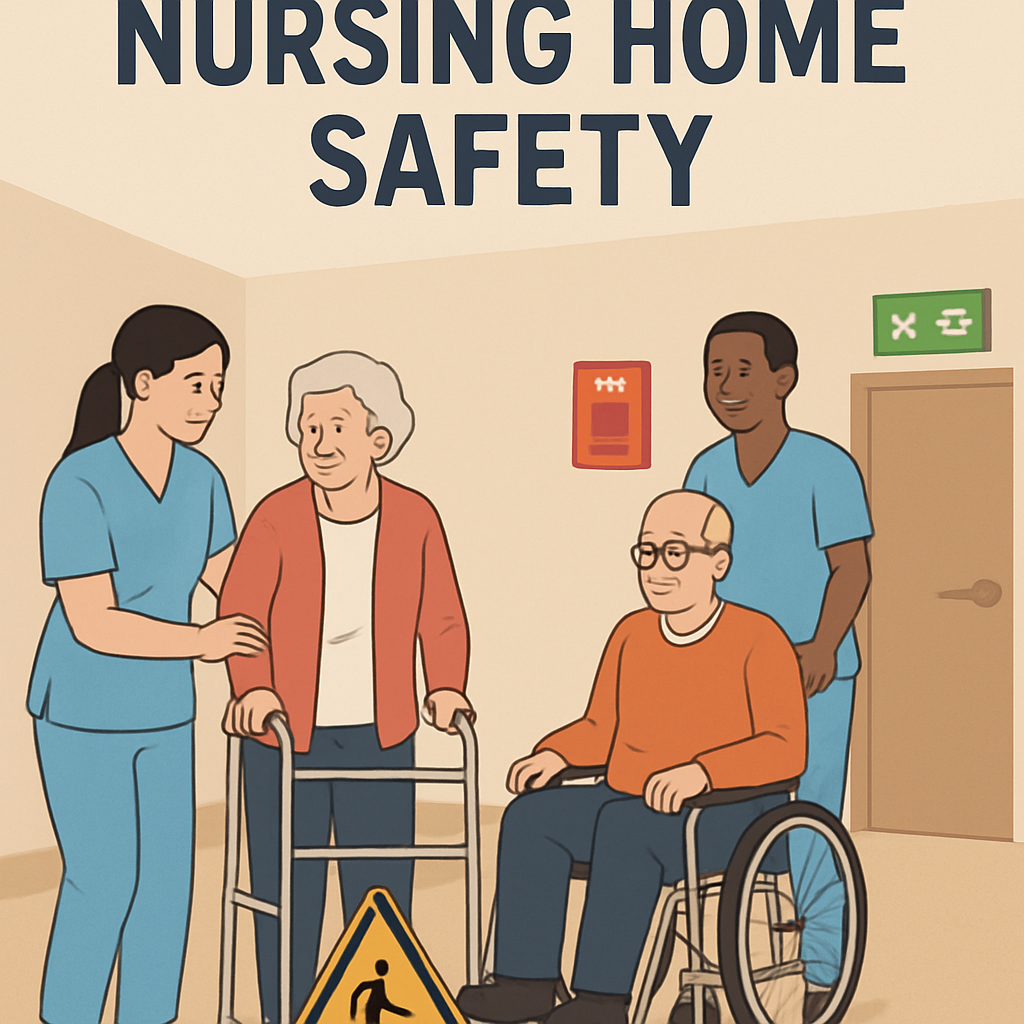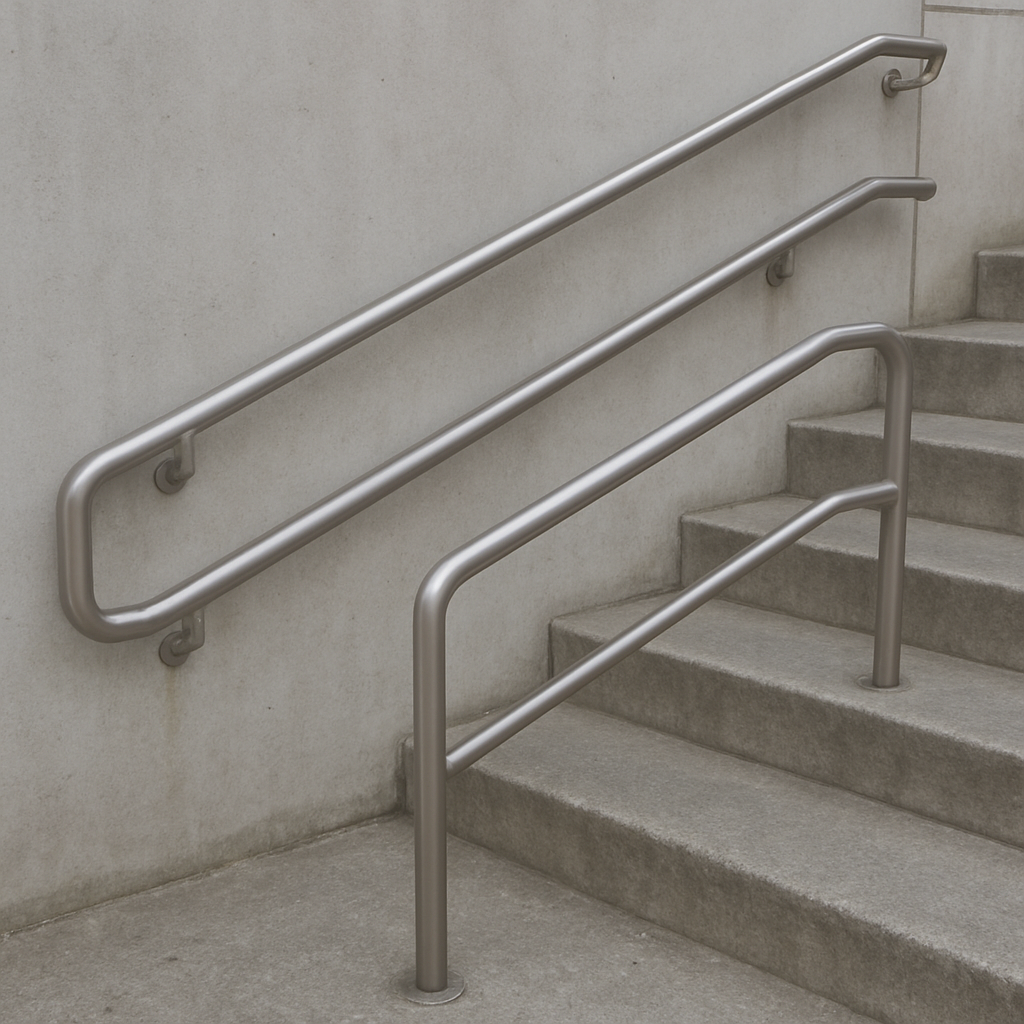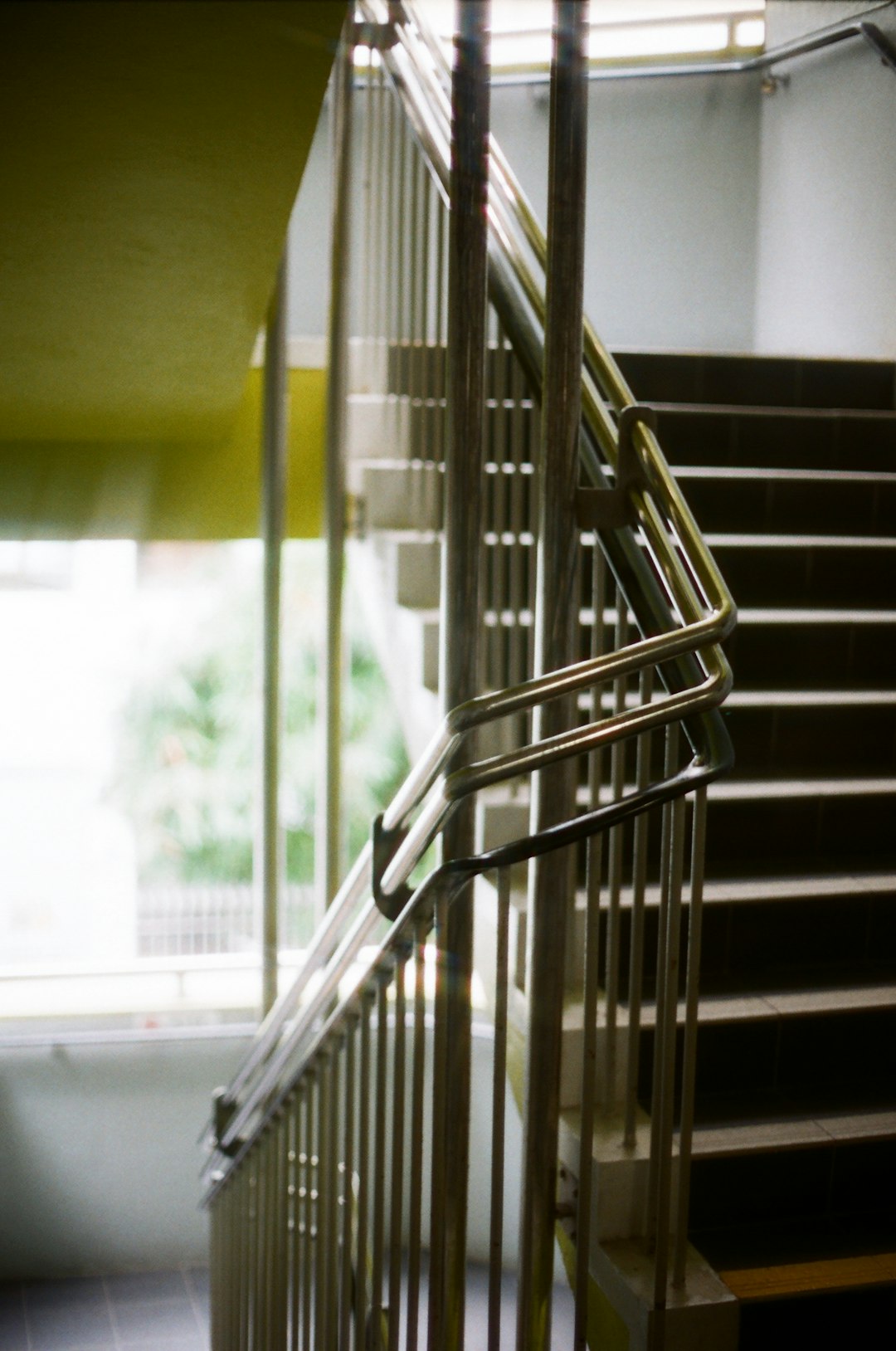 Service Hotline:13510328459
Service Hotline:13510328459
 205-206, 2nd Floor, Building 2, Xiazao Village Industrial Zone, Gaofeng Community, Dalang Street, Longhua District, Shenzhen City
205-206, 2nd Floor, Building 2, Xiazao Village Industrial Zone, Gaofeng Community, Dalang Street, Longhua District, Shenzhen City
 Service Hotline:13510328459
Service Hotline:13510328459
 205-206, 2nd Floor, Building 2, Xiazao Village Industrial Zone, Gaofeng Community, Dalang Street, Longhua District, Shenzhen City
205-206, 2nd Floor, Building 2, Xiazao Village Industrial Zone, Gaofeng Community, Dalang Street, Longhua District, Shenzhen City
Time:2025-09-17 Preview:
Ensuring safety in nursing homes is a top priority. One effective way to enhance safety is through the installation of dual-level handrails. These handrails are designed to provide stability and support for both ambulatory residents and those who require mobility aids. In this article, we will explore the importance of nursing home safety, the benefits of dual-level handrails, and the key considerations in their installation.
Nursing homes are environments where the safety and well-being of residents are of utmost concern. Residents often have varying levels of mobility and may be at risk of falls or injuries. Implementing effective safety measures is crucial to prevent accidents and ensure the comfort and security of all residents.
Handrails play a significant role in maintaining safety within nursing homes. They provide support and stability for residents as they move around the facility. Handrails are particularly important in areas such as hallways, staircases, and bathrooms where the risk of slipping or falling is higher.

Dual-level handrails are designed with two horizontal bars at different heights. This design accommodates residents with different levels of mobility. The lower rail is accessible for those using wheelchairs or mobility aids, while the upper rail is suitable for ambulatory residents.
Increased Accessibility: Dual-level handrails make it easier for residents with varying mobility needs to navigate the facility independently.
Enhanced Safety: By providing support at different heights, dual-level handrails reduce the risk of falls and accidents.
Improved Comfort: Residents can choose the rail height that best suits their comfort and needs, promoting confidence and autonomy.
Versatility: These handrails can be installed in a variety of locations, including hallways, ramps, and staircases, making them a versatile safety solution.

Installing dual-level handrails requires careful planning and consideration. Here are some key factors to keep in mind:
Ensure that the installation of dual-level handrails complies with local building codes and regulations. This may include specifications for height, spacing, and materials.
Select durable and non-slip materials for the handrails. Stainless steel and aluminum are popular choices due to their strength and resistance to wear and tear.
Hiring experienced professionals for the installation is crucial to ensure the handrails are securely and correctly mounted. Proper installation minimizes the risk of accidents and ensures the longevity of the handrails.
Regular maintenance checks are essential to keep the handrails in optimal condition. Inspect for any signs of wear, loose fittings, or damage, and address any issues promptly.

Consider a nursing home that successfully implemented dual-level handrails throughout its facility. The staff reported a significant decrease in fall-related incidents, and residents expressed increased confidence in moving around independently. The administration emphasized the importance of ongoing maintenance and regular safety assessments to sustain these benefits.
Dual-level handrails are a valuable addition to nursing homes, offering enhanced safety, accessibility, and comfort for residents. By considering key factors such as compliance, materials, and professional installation, nursing homes can effectively implement these handrails to create a safer environment. Regular maintenance ensures that the benefits of dual-level handrails are sustained over time. Prioritizing safety through thoughtful design and installation contributes to the overall well-being and quality of life for nursing home residents.
In summary, investing in dual-level handrails is a proactive step towards improving nursing home safety and ensuring that all residents can navigate their environment with confidence and ease. By understanding the importance of nursing home safety, the role of handrails, and the benefits of dual-level designs, facilities can make informed decisions that prioritize the health and safety of their residents.
